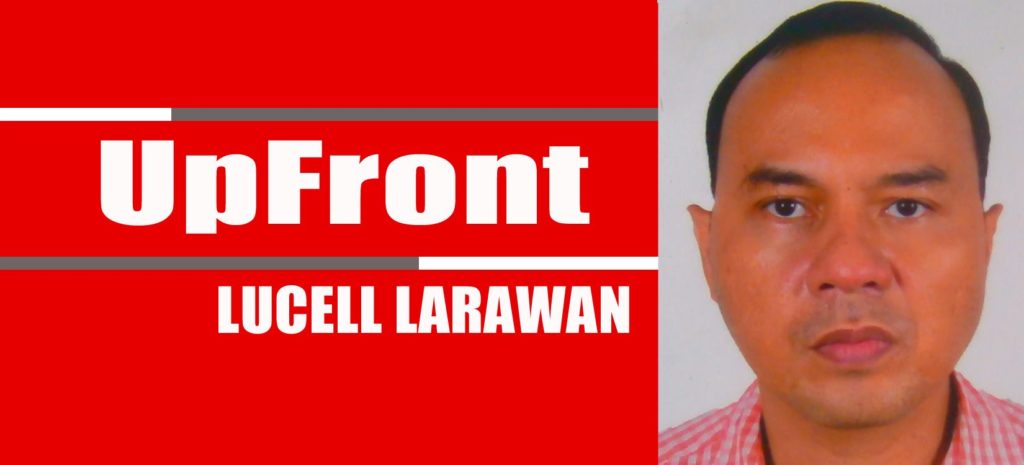
THE province boasts of traditional crafts, music, and kuradang dance. However, there is a need to nurture and develop the visual arts scene in Bohol, particularly for emerging and aspiring artists. This article aims to discuss the challenges faced by visual artists in the province and explore strategies for developing them, with success stories of notable Boholano artists as examples.
Understanding the Challenges Faced by Visual Artists in Bohol
Visual artists in Bohol face several challenges, including the lack of access to formal art education and training. The province has a limited number of schools that offer art courses, which makes it difficult for aspiring artists to acquire the skills and knowledge needed to develop their craft.
Moreover, the limited exposure to contemporary art and art movements hinders artists from staying updated with the latest trends and techniques. Bohol is a primarily rural province, which may explain the lack of exposure to contemporary art. Finally, the limited market opportunities for selling artwork, particularly for emerging artists, makes it challenging for them to pursue a career in the arts.
Strategies for Developing Visual Artists in Bohol
To address these challenges, several strategies can be employed to nurture and develop visual artists in Bohol. One such strategy is to establish more art schools and workshops that provide formal training and education in the arts. These institutions can also offer scholarships and grants to support aspiring artists who lack the financial means to pursue formal education.
Another strategy is to create a platform for exposure to contemporary art and artists. This can be done through organizing art exhibits and festivals that feature the works of both local and international artists. Such events can also provide opportunities for artists to network, collaborate, and learn from each other. These exhibits can only take place if the provincial government, through the Bohol Art and Cultural Heritage council, establishes a gallery holding regular shows – a crucial step which should precede.
The visual arts sector cannot flourish without art galleries. We are hoping the governor Aris Aumentado will help us establish a provincial gallery at the Governor’s Mansion as soon as possible. (This idea did not prosper in the previous administrations and it has been a long time I campaigned for this important mover.) We are the only province left behind in the Visayas when it comes to having arts galleries. If investors cannot start it, the government should. Because of the lack of art galleries, the talent of our artists cannot find a proper venue for their artworks. They will be forced to migrate just to grow their career.
Having an art gallery is a must.
Building a market for local art is also crucial to develop visual artists in Bohol. Initiatives such as art fairs, online marketplaces, and partnerships with local businesses can help artists sell their works and reach a wider audience. Finally, fostering collaborations among artists and with other industries, such as tourism, can create more opportunities for artists to showcase their talents and develop their careers.
Success Stories of Visual Artists from Bohol
Several notable Boholano artists have achieved success in the local and international art scenes. One such artist is Sam Penaso, a mixed media artist who hailed from Guindulman and now based in Quezon City. He mounted roughly 30 solo exhibits in New York, Singapore, Vienna, Berlin, Japan, Thailand, United Arab Emirates, and the country. He copped the first prize in four contests: the 2016 GSIS Art Competition (Nonrepresentational Category), the 2014 GSIS Art Competition (Mixed Media Category), 2012 Art Association of the Philippines (Sculpture Category) and 2004 Gawad Ka Amado Hernandez.
Henri Cainglet is also an exemplar artist who now lives in his residence at Valencia, Bohol. He is the grand prize winner of the 1997 Art Association of the Philippines (AAP) Annual (painting category), the 1996 Diwa ng Sining Awards (sculpture category) and the 2003 Dress-A-Fish Art Contest in SM Megamall. He mounted about 40 solo exhibits in Singapore, Germany, Malaysia, Austria, and New York, among others.
In conclusion, nurturing and developing visual artists in Bohol is crucial to preserving and promoting the province’s rich cultural heritage and contributing to the growth of the arts industry in the Philippines. Strategies such as establishing art schools and workshops, creating platforms for exposure to contemporary art and artists, building a market for local art, and fostering collaborations among artists and with other industries can help overcome the challenges faced by visual artists in Bohol. Success stories of notable Boholano artists serve as inspiration for aspiring artists to pursue their dreams and make their mark in the art world.

